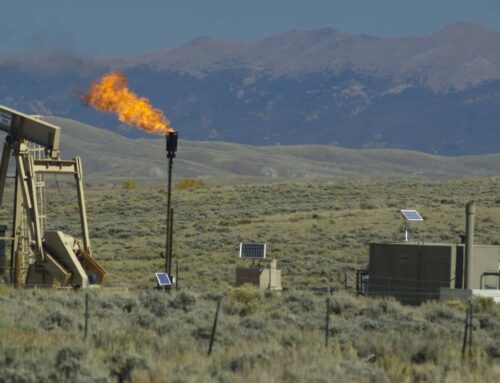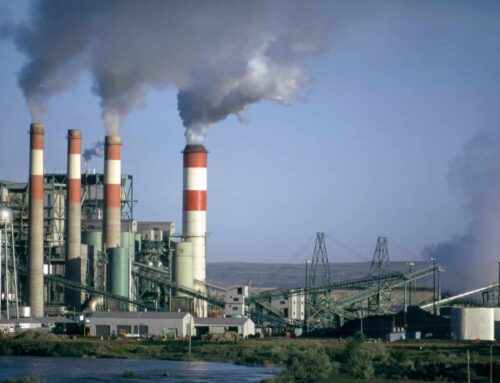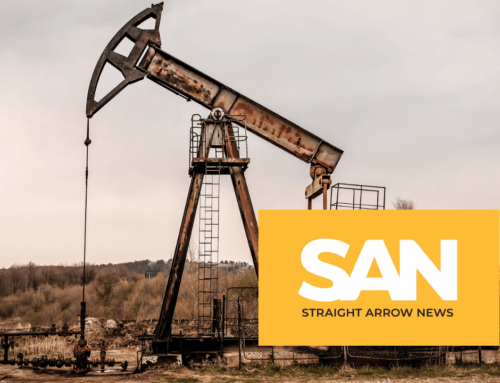On Thursday, the Senate Committee on Energy and Natural Resources held a hearing to discuss the future of nuclear energy. Rather than a fair and unbiased look at the industry and questioning of its future as a financially and technologically viable climate solution, the hearing was largely an enthusiastic show of support. Without a critical voice in the room, committee members heard rosy testimony from industry executives and ignored the existence and failure of the suite of federal subsidies to incentivize new power plants.
Since WWII, the Department of Energy (DOE) has poured tens of billions of dollars into research and development and other federal subsidies to support the entire nuclear fuel cycle. The witnesses at the hearing included uranium producers, the Tennessee Valley Authority (TVA), and reactor concept developers – all entities that receive federal subsidies.
The debate overwhelmingly ignored the technological hurdles and unresolved waste disposal issues advanced reactors face, and instead lamented that “markets don’t recognize the full value” of a nuclear plant. But private investors and the market rightly weigh risks and options and so should the federal government. Demand for new nuclear plants was anticipated in decades past but never materialized because of the enormous up-front capital the plants require.
In the hearing, the consensus answer to these hurdles was continued and expanded federal subsidies without critique or recognition of their opportunity costs; no one acknowledged that federal funds are limited or that more nuclear investment has tradeoffs. It is no surprise since Congress has already shown it is on board. In the Energy Act of 2020 attached to the FY2021 Omnibus, Congress authorized more than $2.1 billion for Advanced Reactor Demonstration Program for fiscal years 2021-2025. Appropriators in the House and Senate would still have to approve the outlays.
But sometimes Congress gets ahead of itself, as it did by allotting $75 million for a Uranium Reserve Program in an appropriations section in the recent omnibus spending bill without waiting for an authorization. According to DOE’s FY2021 budget request, the program will support “domestic uranium production and conversion service capabilities” through direct support of at least two U.S. uranium mines. This is just the latest in the extensive array of federal subsidies for all aspects of the nuclear industry. In 2005, Congress created the DOE Loan Guarantee program to support new reactor financing, as well as the Nuclear Production Tax Credit that was recently extended because no project qualified for it by its 2021 deadline. Other subsidies were well represented by the members of the panel at the hearing.
On the front-end of the fuel cycle, Mr. Scott Melbye of the Uranium Producers of America neglected to mention that his company – the Uranium Energy Corporation – doesn’t pay taxpayers a dime on the value of uranium it mines from federal lands because mining for “hardrock” minerals like uranium is mostly governed by the General Mining Law of 1872 that doesn’t charge a royalty, like the 12.5% oil and gas and coal producers pay. Tax breaks that allow uranium mining companies to write off capital costs for mines also buoy the company’s balance sheets. In his testimony, he urged Congress to continue funding the Uranium Reserve program for ten years. The funding would benefit uranium miners that have reduced production in recent years because uranium prices fell drastically after the Fukushima nuclear disaster and never recovered.
From the Tennessee Valley Authority, Mr. Jeffrey Lyash represented recent attempts by the DOE to support advanced nuclear power like small modular reactors (SMRs). In 2012, DOE selected Babcock & Wilcox Company (B&W) to receive at least $150 million to license their mPower SMR design that was intended to be sited at TVA. But B&W quickly backed out of the project after failing to attract other investors and DOE wasted more than $100 million supporting it. However, DOE continues to fund TVA planning to build other SMRs at its Clinch River site.
Mr. Clay Sell of X-energy and Mr. Chris Levesque of TerraPower also appeared before the committee. The two companies trying to commercialize unique advanced reactor concepts are dependent on DOE funding. X-energy received DOE grants worth more than $40 million in 2016 and 2018. In October of 2020, DOE announced it would give each company $80 million in grants from its “Advanced Reactor Demonstration Program,” funded by fiscal year 2020 appropriations. But that’s just the start – DOE committed to providing up to $3.2 billion to the pair if Congress appropriates the funding.
Ms. Amy Roma a founding member of the Atlantic Council’s Nuclear Energy and National Security Coalition also testified. She supported continued federal funding for nuclear energy development for national security reasons.
The takeaway from the hearing was that nuclear supporters see no reason to question current subsidies for the industry and want to press full steam (or fission) ahead with more federal support. If Congress consents, it will miss the lesson from recent history. After extensive DOE spending, licensing support for new designs, a production tax credit, loan guarantees, standby support, and the slate of legacy subsidies, the “nuclear renaissance” promised by industry advocates by this point never materialized. Buying in to the rhetoric will only cost billions more and crowd out more viable options to reduce emissions from the energy sector.










